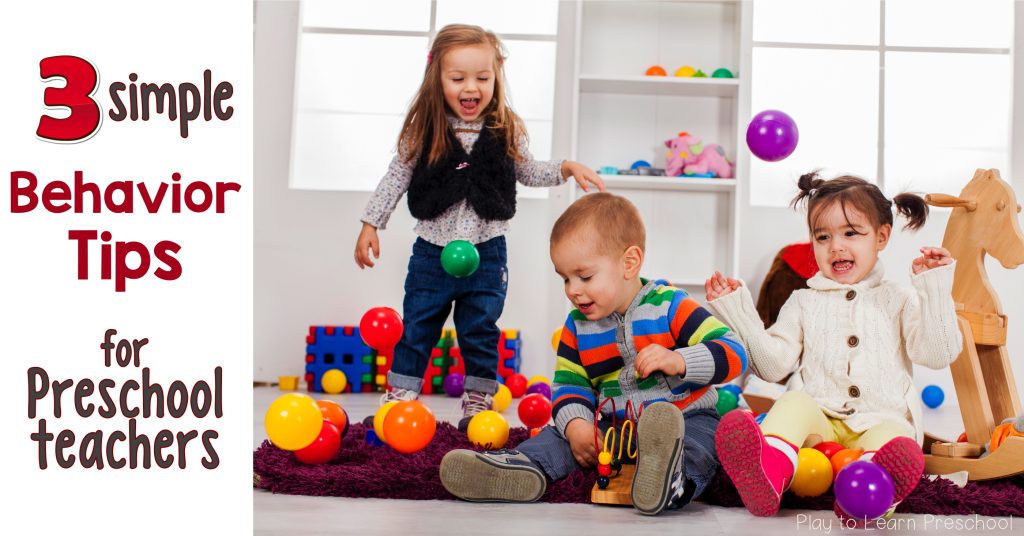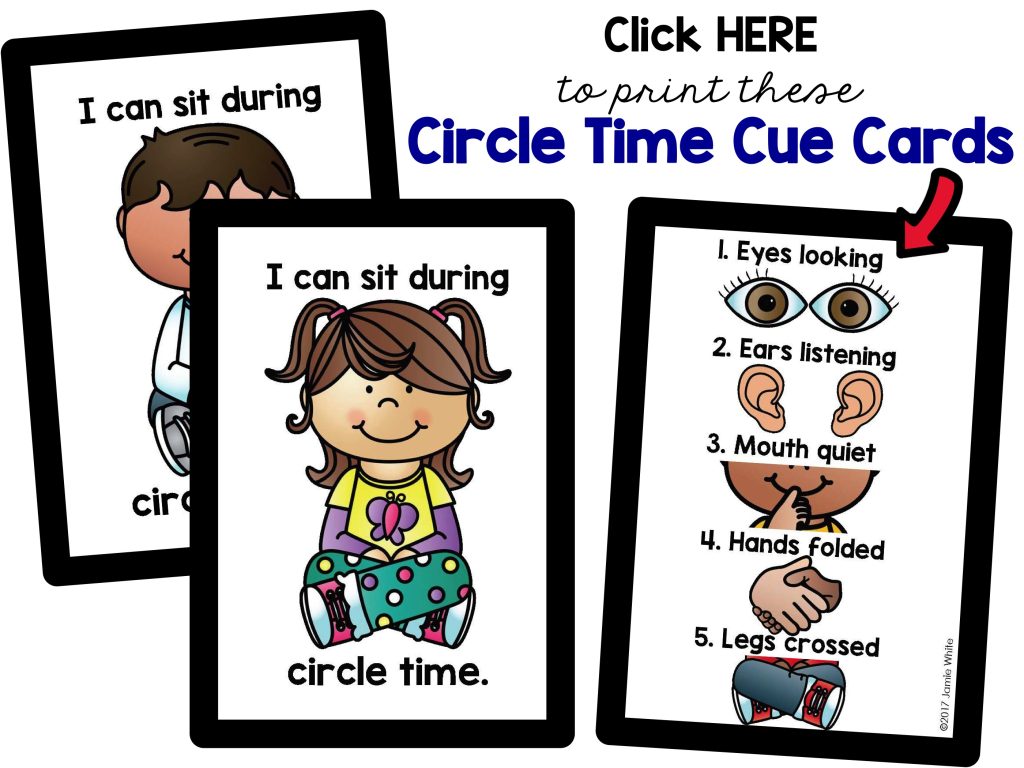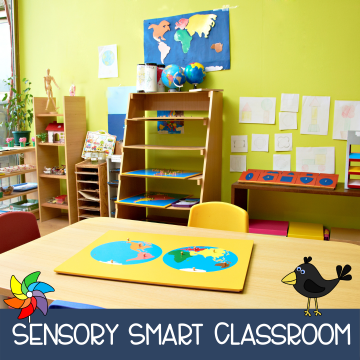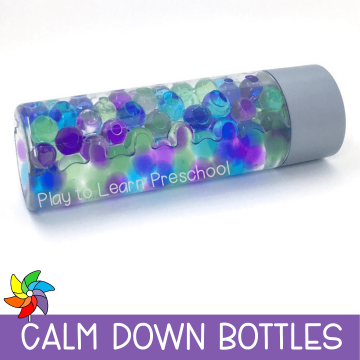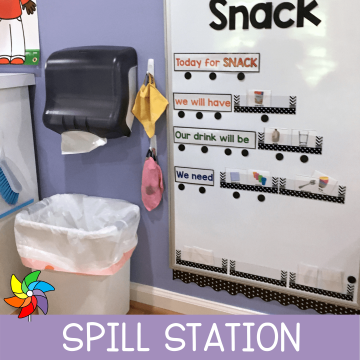Behavior can be tricky in a preschool setting. When children come to preschool, they are learning more than just letters and numbers. They’re setting the foundation for behavioral skills that are important for success in a classroom setting. They are just starting to learn how to stand in line, share a popular toy, and in some cases, even interact with other children.
Some of the most important skills they need to learn don’t involve academics at all. Some of these skills include:
- Keeping hands to themselves
- Sitting calmly in a group
- Following rules and routines
- Listening to instructions
- Controlling impulsive behavior
- Taking turns
If a child can master these behaviors, they are on a road for academic success. And as a bonus, your classroom becomes a more harmonious place! Three of our favorite ways to help teach and remind children of behaviors are Frontloading, Visual Cues, and Role Play.
Frontloading: Setting Up for Success
One of the best ways to get the behavior that you want is to simply tell the children ahead of time! Frontloading is a literacy technique that translates really well for behavior as well. Much like a table of contents, it lets the children know what is happening and how.
- Explain to them what you are going to do, for example, “We’re going to read a story in a moment.”
- Next, follow with the expectations involved. “While I am reading, you’re going to sit on your bottom, with quiet hands, feet, and mouths.”
- Finally, tell them what to do when the activity is done. “When we are all done with the story, if you want to say something, you can raise a quiet hand to let me know.”
This works with nearly every activity. In a short time, with repetition, some children will even be reminding their classmates of the rules.
Visual Cues: Seeing is believing
Children are very visual learners. They’ve spent their entire short lives watching others! So instead of raising your voice to be heard (and therefore adding to the noise), turn an invisible volume knob. Instead of interrupting the flow of a story by asking a child to be quiet, hold a finger to your lips.
Remember that old phrase, “A picture is worth a thousand words?” That is definitely true in preschool! We use picture cards showing expected behavior. The teacher can either choose to have one on their lap, on the wall, or in front of a child that might need a little extra reminder.
Role Play: When in doubt, act it out!
If your students are struggling with certain behaviors, such as toy dumping or sharing, it can be extremely helpful to role play the situation for the children to observe on their own. Turn the situation around by asking a student (or group) to take on the role of the “teacher.” Mimic the behavior you’re seeing, and no, it doesn’t hurt to exaggerate a bit.
- Start by asking the children, “I have a problem, and I wonder if you could help me solve it. Can you be the teacher for a minute?”
- Act out the behavior that you want to stop, for example, fighting over a toy (a second teacher is really useful here!)
- Ask the students how they think the problem could be solved (taking turns, playing together – it’s amazing the answers they come up with sometimes!)
- Remind them that they can use those problem solving solutions as well.

FREE Posters And Organizational Tags
Enjoy these Free Posters and Organizational Tags perfect for the classroom!
After you subscribe, you will be redirected to the FREE Posters and Organizational Tags. We respect your privacy. Unsubscribe at any time.
